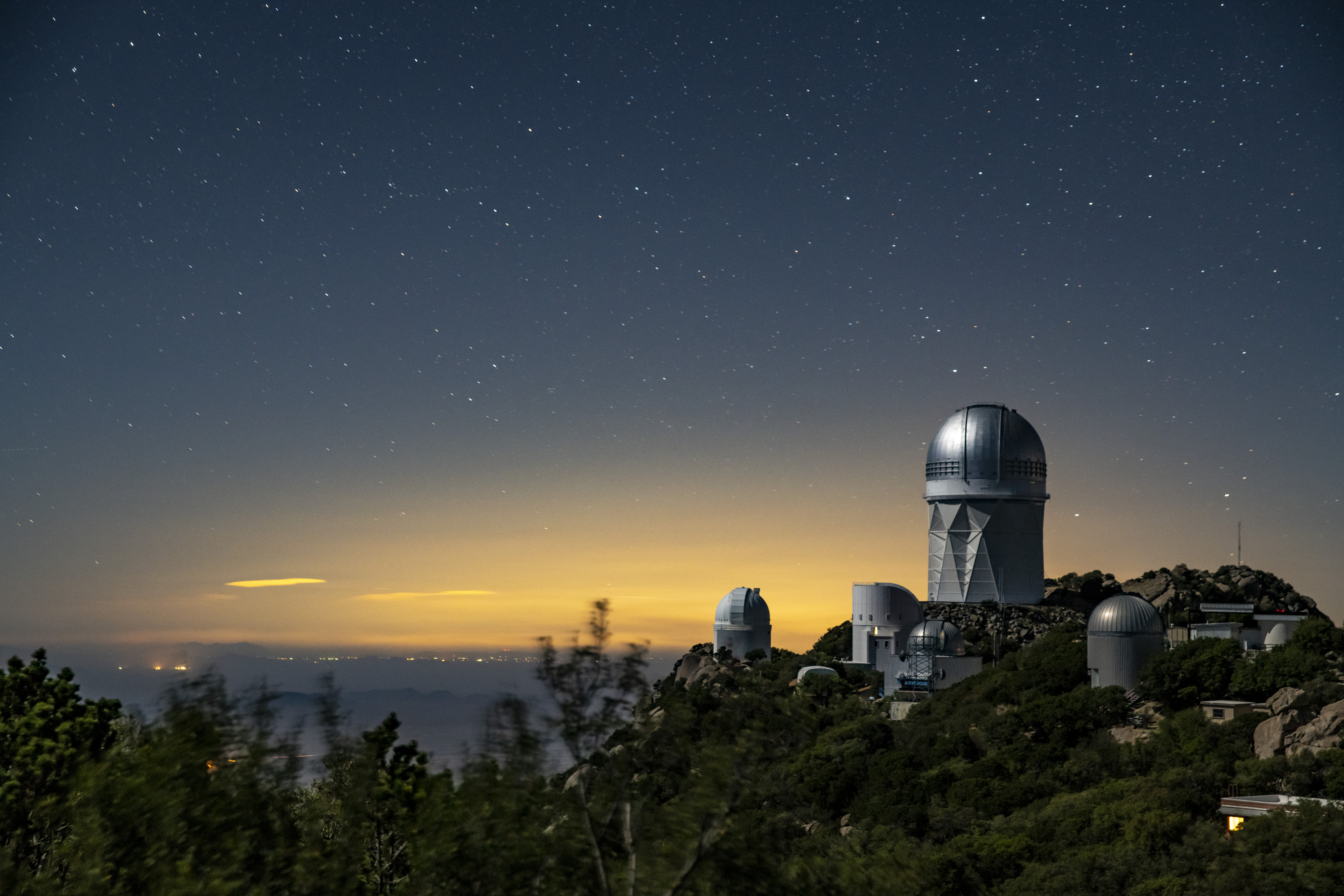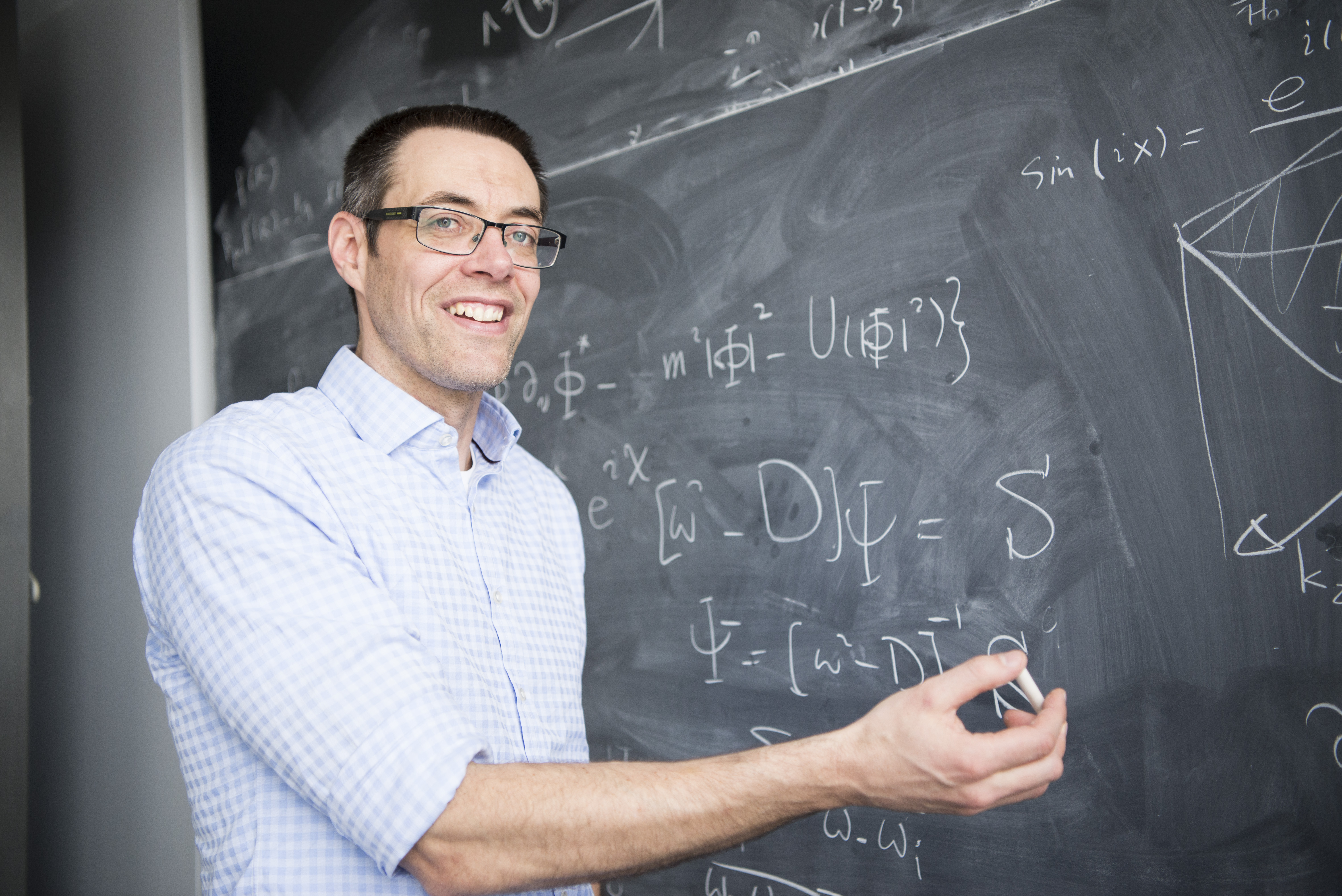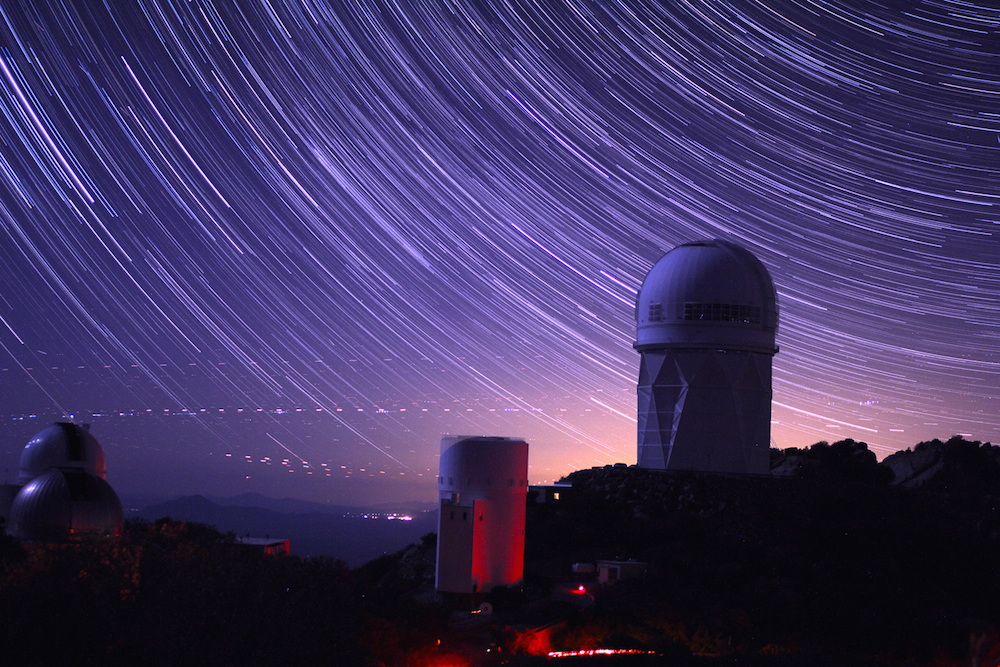Like the driver of a speeding car who steps down hard on the gas pedal and then more softly, it is possible that the acceleration of the expanding universe is changing over time.
Physicists have known that the universe is expanding, and doing so at an accelerated rate, for some time.
But now, there are hints that the rate of that acceleration might be changing, rather than remaining constant as expected. That is a tantalizing clue that something may be askew in our standard cosmological model.
Under the standard model of cosmology, dark energy is a constant energy density throughout space and time, inherent to the vacuum itself. If that is the case, then as more vacuum is created, the density of the dark energy would not be diluted over time. In that scenario, the rate the expansion accelerates can be precisely predicted.
But analysis of the first year of data from the Dark Energy Spectroscopic Instrument (DESI) released in April does not match this prediction, suggesting that the density of dark energy may be variable. DESI is a sophisticated piece of equipment that sits atop the Nicholas U. Mayall 4-meter telescope at the Kitt Peak National Observatory in Arizona.
“The most recent results are in general agreement with the current best cosmological model, called Lambda Cold Dark Matter (CDM),” said DESI director Michael Levi. But “we’re also seeing some potentially interesting differences that could indicate that dark energy is evolving over time.”
Will Percival, a research associate faculty member at Perimeter and director of the Waterloo Centre for Astrophysics at the University of Waterloo, has been leading a Waterloo-based DESI team that has been analyzing the data. Percival has also recently been made a co-spokesperson for the overall DESI survey project.
The early results suggest the expansion rate might have been faster in the past, might be slowing down now, and could speed up again. If it is variable, then our model is wrong. It would mean that the energy involved in the expansion could be something else entirely. Or it could mean that Einstein’s theory of gravity, general relativity, might need adjustment.
If so, that would excite theoretical physicists, who love nothing better than to break models and put them back together again!
The recent findings were a hot topic of discussion at last month's 50 Years of Horndeski Gravity conference, hosted jointly by Perimeter Institute and the University of Waterloo, with theorists exploring what these results, if confirmed, could imply for modifications to general relativity.
The DESI results are not yet at the high level of confidence known as five-sigma, which is the gold standard for evidence in such discoveries. But the hints are there.
When scientists put their DESI map together with other astronomical data, the picture did not quite fit with what they should be seeing if the standard cosmological model were accurate.
“What we are seeing relies on a combination of several different data sets. It is a hint that this dark energy density is not constant,” said Alex Krolewski, a postdoctoral researcher working with Percival.
Another postdoctoral researcher, Enrique Paillas, also working in Waterloo, said understanding whether the density of dark energy is constant as space expands, or whether that density changes over time as the universe evolves, could shed light on the very nature of dark energy and what causes it.
“If dark energy density is something that is constant across time, we could think of it as the energy of the vacuum itself. However, if dark energy is something that could evolve as a function of time, then there could well be a different physical mechanism for the origin of this mysterious form of energy,” Paillas said.
Currently, our universe is thought to consist of around 70 percent dark energy, 25 percent dark matter (causing galaxies and webs of galaxies to stick together), and 5 percent normal matter. If the dark energy is constant, then the dark energy will continue to dominate the universe and the expansion will continue to accelerate at its current rate.
“If it changes over time, this could lead to very different cosmic scenarios for the fate of the universe,” Paillas added.
It could make a difference in whether our cosmos will go on expanding forever, leading to a cold, dark, lonely future, or whether it might slow down and reverse course, leading to what has been dubbed the “big crunch.”
The job of analyzing the data is continuing, Krolewski added. There will be more data releases from DESI coming up.
“With the DESI five-year dataset, we should be better able to differentiate between the more standard model of constant dark energy and the model of evolving dark energy. We might get an answer, and we might not. It really depends on how kind the universe is,” Krolewski said.
This is “the cutting edge of physics,” added Percival. “We know there are observations we do not understand, and we need new physics to deal with it.”
Percival is optimistic that scientists will one day understand dark energy.
“We are gradually peeling back the layers until we can understand it,” Percival said.
About PI
Perimeter Institute is the world’s largest research hub devoted to theoretical physics. The independent Institute was founded in 1999 to foster breakthroughs in the fundamental understanding of our universe, from the smallest particles to the entire cosmos. Research at Perimeter is motivated by the understanding that fundamental science advances human knowledge and catalyzes innovation, and that today’s theoretical physics is tomorrow’s technology. Located in the Region of Waterloo, the not-for-profit Institute is a unique public-private endeavour, including the Governments of Ontario and Canada, that enables cutting-edge research, trains the next generation of scientific pioneers, and shares the power of physics through award-winning educational outreach and public engagement.




